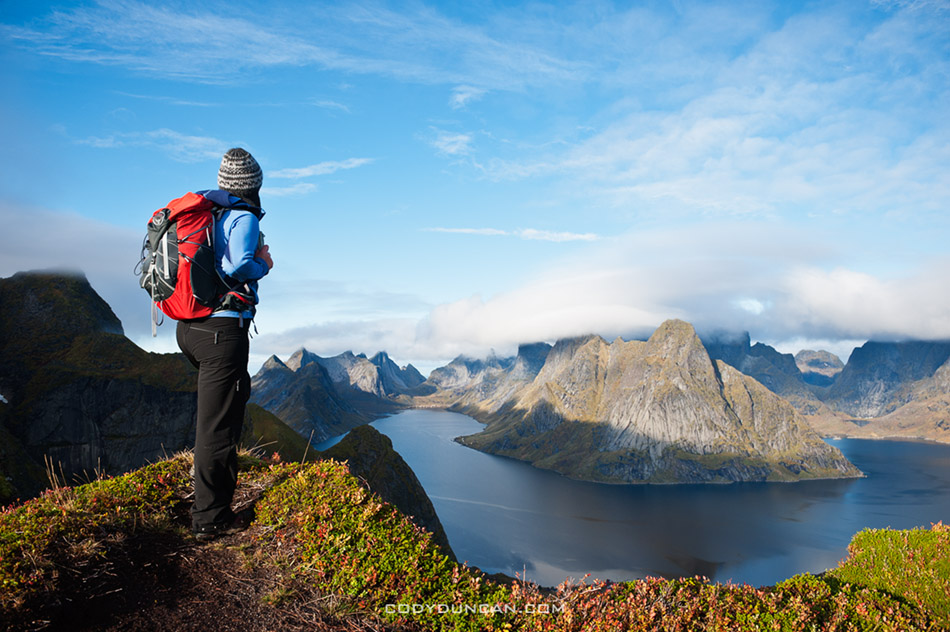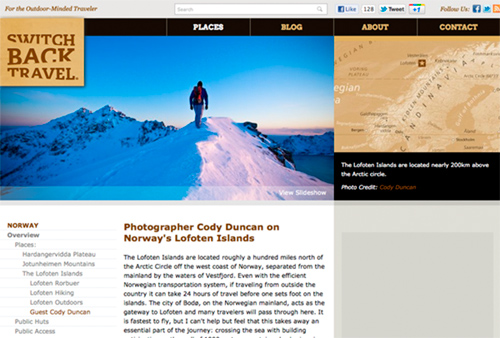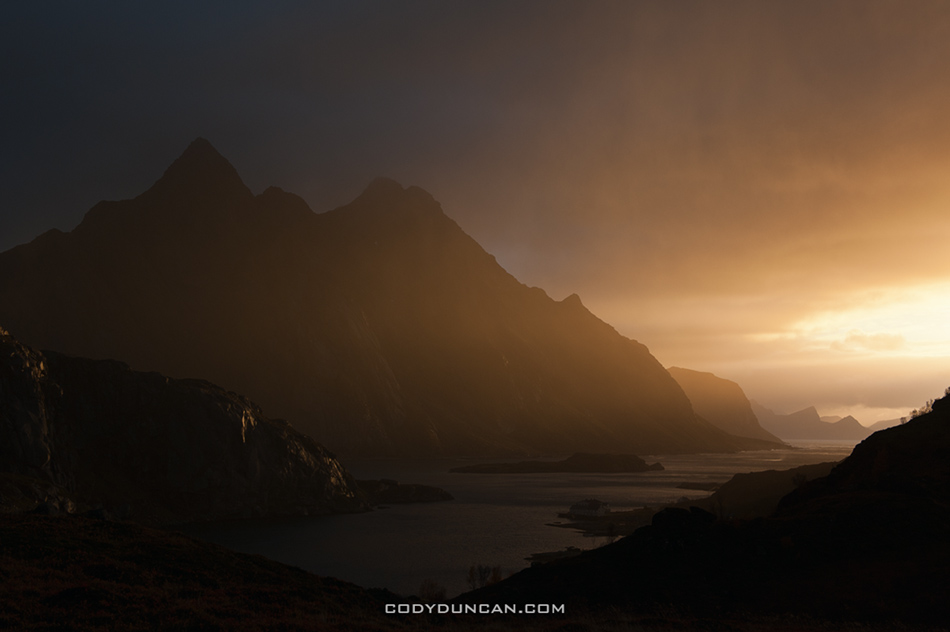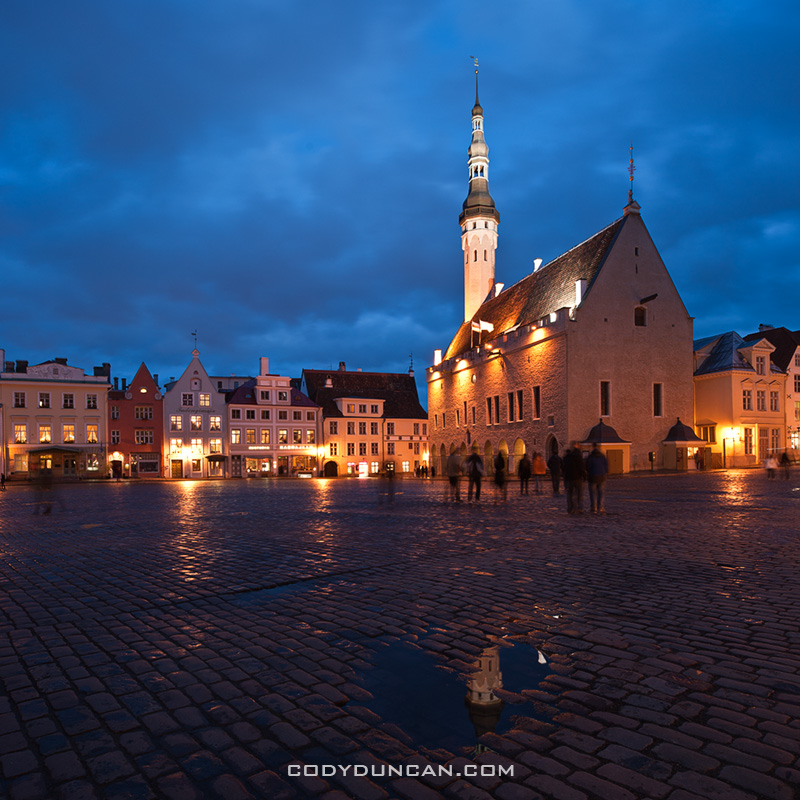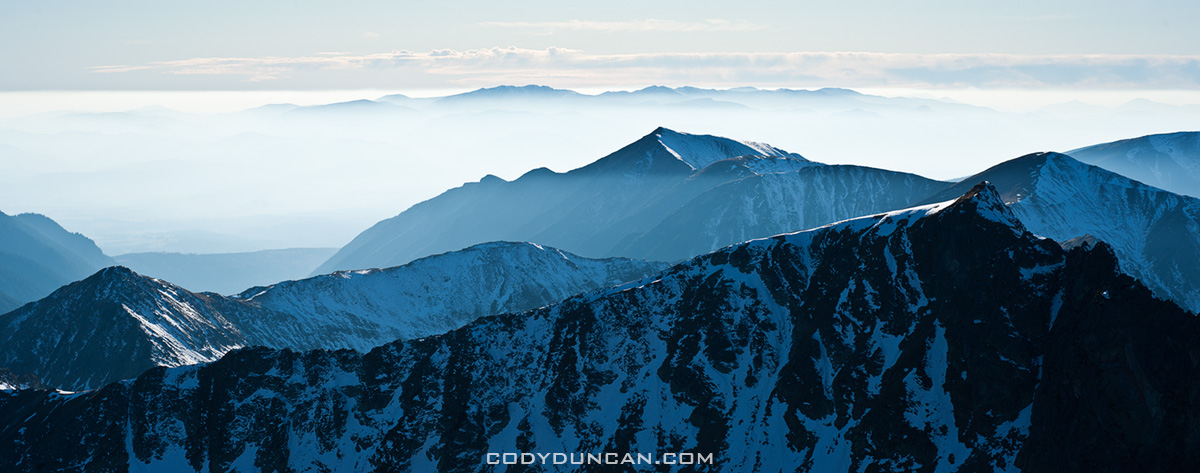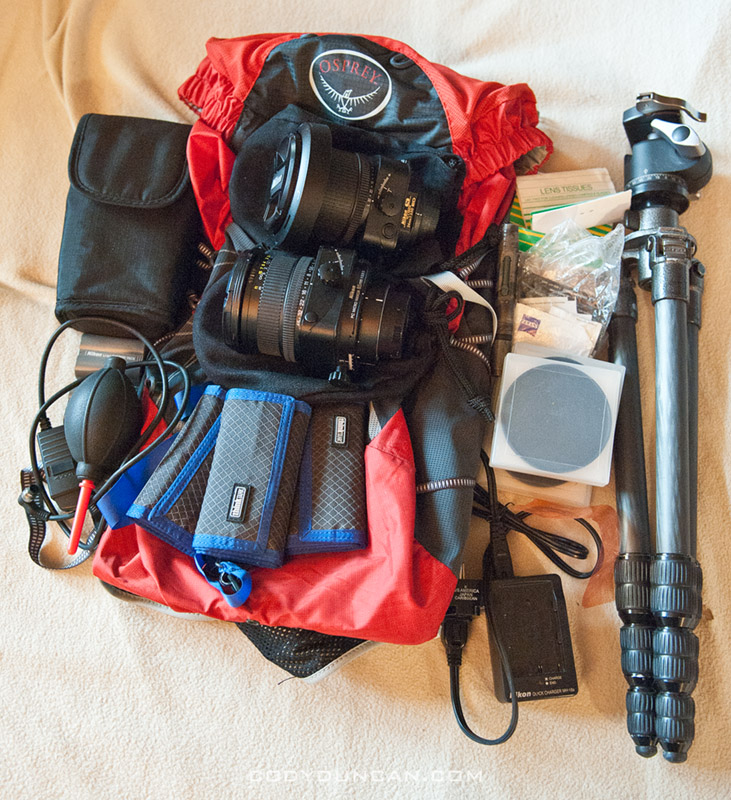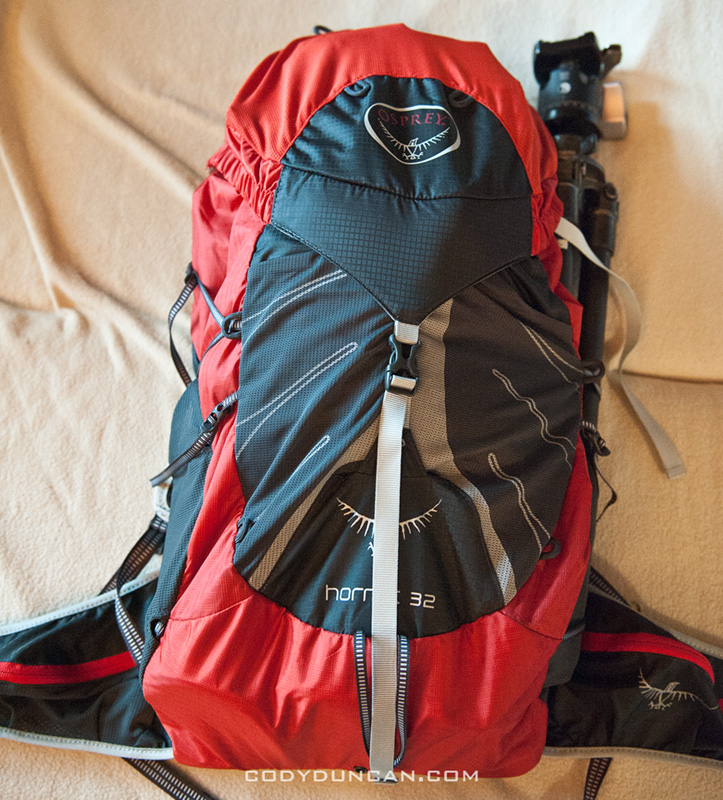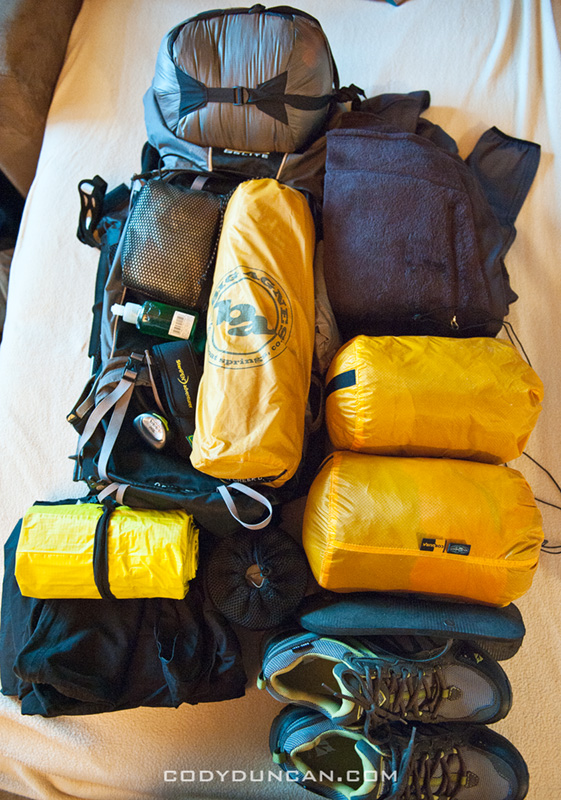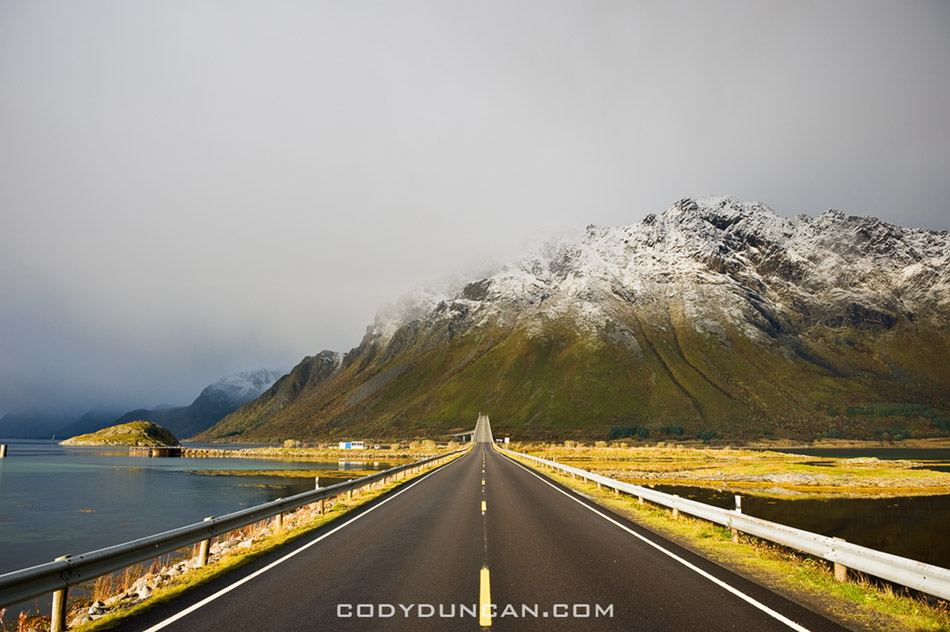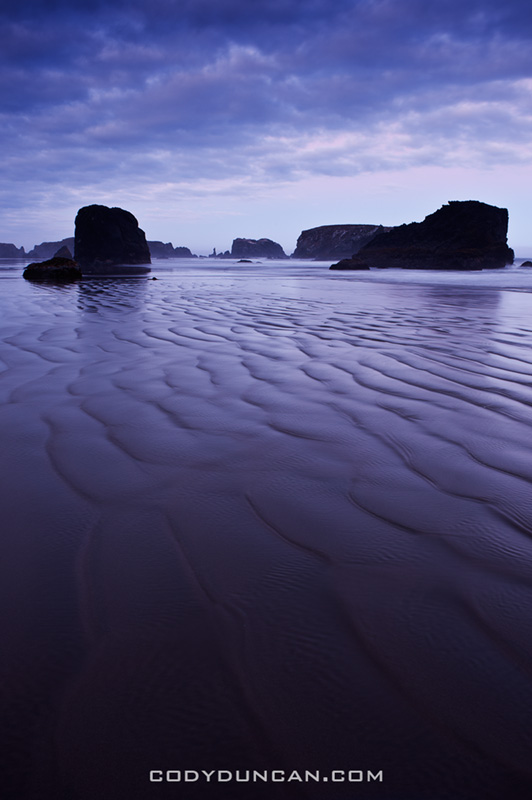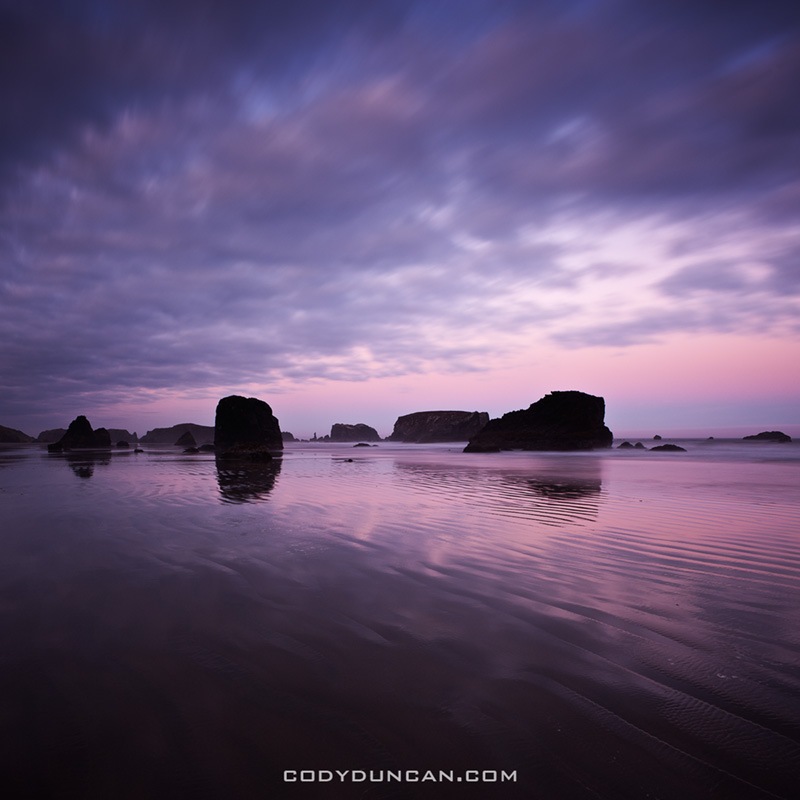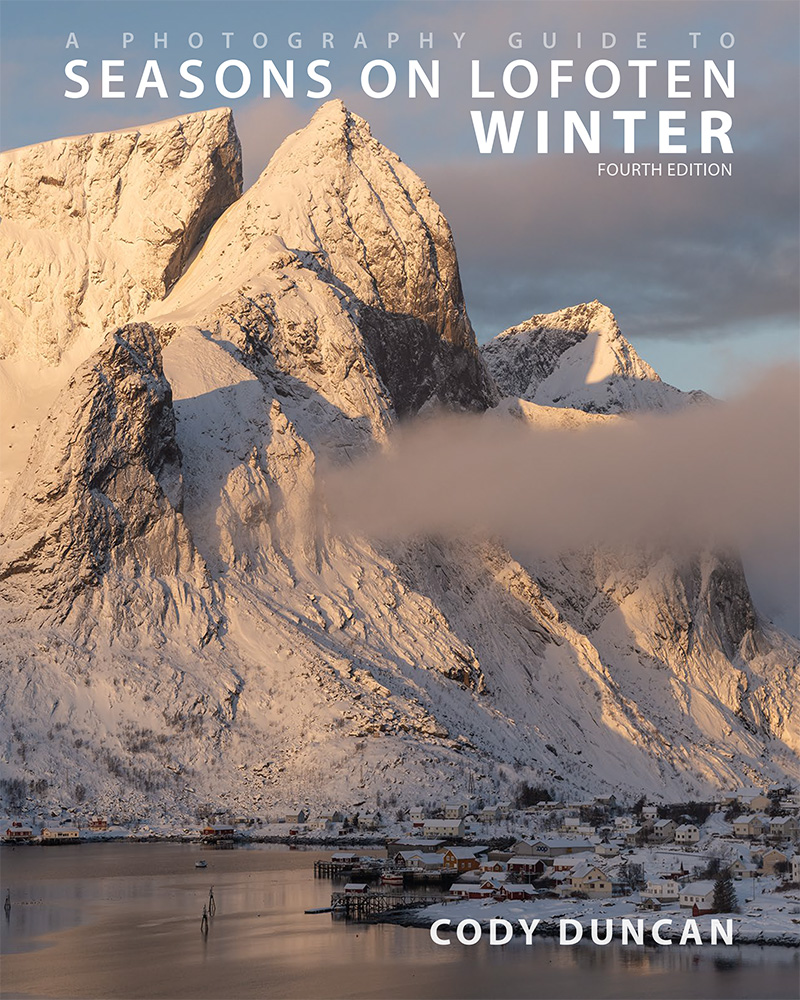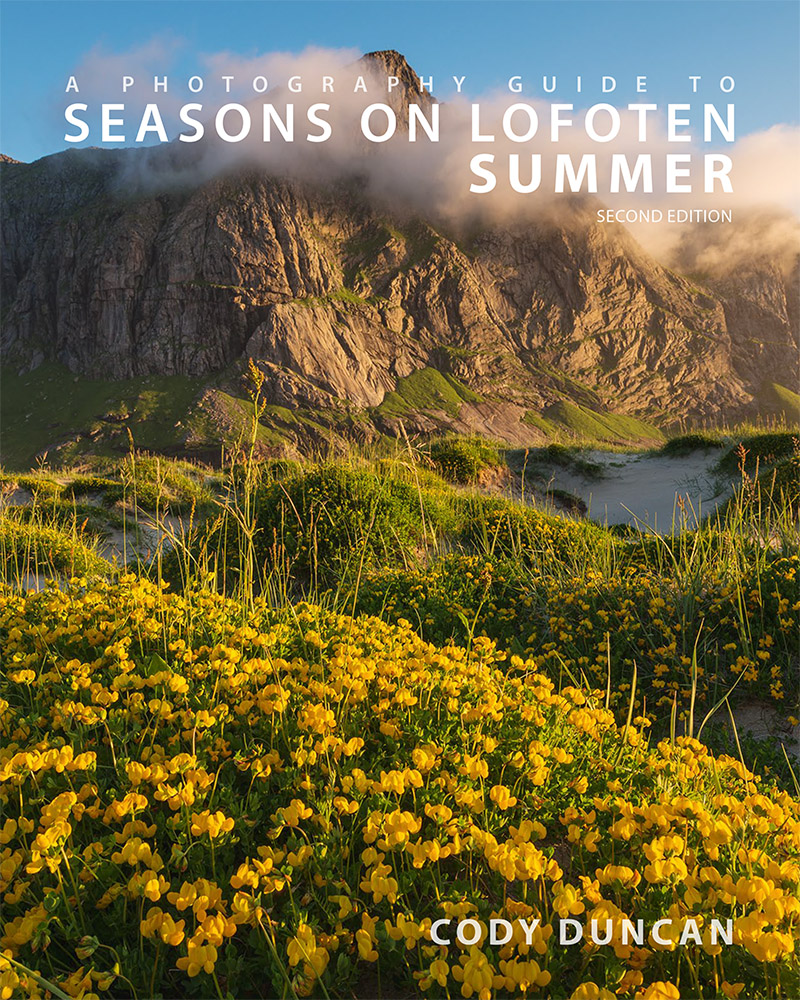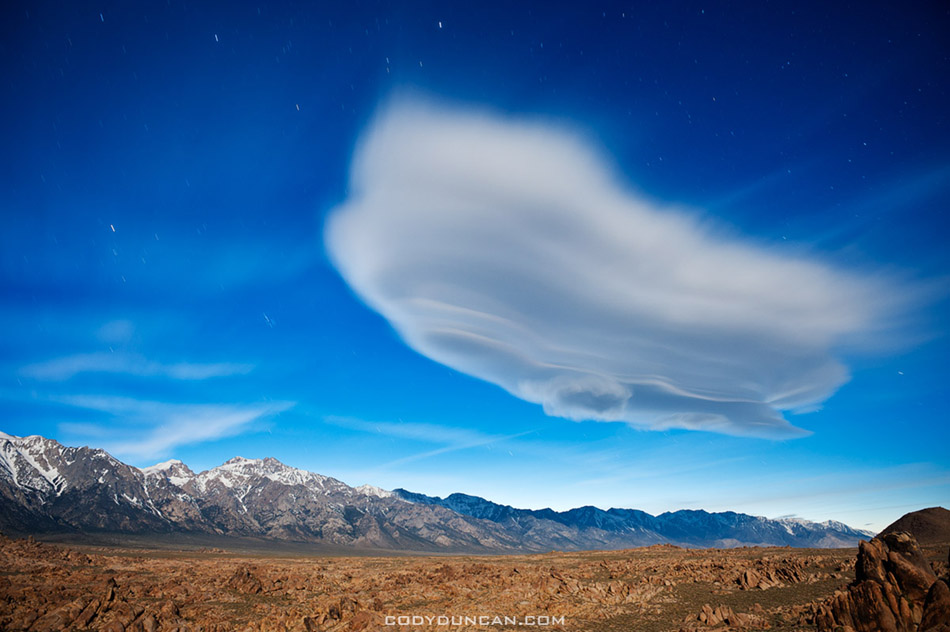 Photo: Lenticular cloud over Sierra Nevada Mountains. April 2011
Photo: Lenticular cloud over Sierra Nevada Mountains. April 2011
The last night of a 10 day road trip through the southwest and my favourite photo from the whole trip. A lone lenticular cloud which had provided some decent color at sunset remained in the sky over the Alabama hills and Sierra Nevada mountains. A near full moon for
illumination of the foreground and a 2 minute exposure gives a ghostly appearance to the cloud.
My 10 best images from 2011. Well, maybe ‘best’ is not the correct word and ‘favourite’ would be more appropriate. I thought about repeating last year’s ‘best from each month’ concept, but it wouldn’t have worked very well for this year. For the most part I was largely directionless for extended periods of time, with the whole of the spring/summer basically a black hole for me photographically. For the year overall there were some brief moments of productivity, but most of the time I was failing to achieve my goals visually. I don’t really feel I grew at all photographically or found myself pushing my boundaries visually. Much of the time I was struggling to even repeat images/ideas that I had made in the past, much less expand my vision and style forwards. Hopefully 2012 provides more fertile ground as this last year seems mostly a waste to me. Barely being able to tread water, much less chase my dreams.
 Photo: Clearing winter storm over Black Cuillins, Isle of Skye, Scotland. January 2011
Photo: Clearing winter storm over Black Cuillins, Isle of Skye, Scotland. January 2011
Returning from New Year out on Scotland’s Outer Hebrides I decided to stay the night on the Isle of Skye. As I awoke to heavy clouds and a light falling snow my hopes of sunrise diminished. Sitting patiently and looking at the clock, I waited an hour to see if conditions would improve before continuing on the long journey south. Just as I was about to start the car I noticed a bit of contrast in the sky. I had dreamed of a ‘Skye in snow’ image for years and this was my first chance. While it can definitely be improved upon, I still am glad for the opportunity.
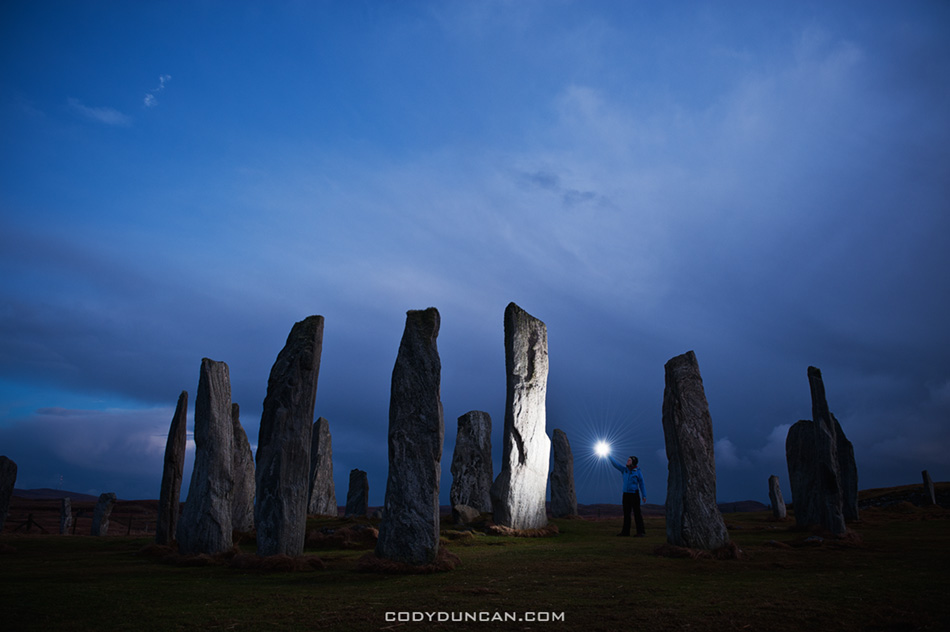 Photo: Callanish standing stones, Isle of Lewis, Scotland. January 2011
Photo: Callanish standing stones, Isle of Lewis, Scotland. January 2011
I’m fascinated by standing stones. This was my second visit to Callanish in as many months. The rain held off into the night allowing me a bit of time to play around with some lighting of the stones. I think this image helps show a bit of scale and how large the stones actually are.
 Photo: Coastal rocks, Butt of Lewis, Isle of Lewis, Scotland. January 2011
Photo: Coastal rocks, Butt of Lewis, Isle of Lewis, Scotland. January 2011
Winds and heaves seas battered this most northerly part of the Isle of Lewis. Rain showers were sweeping across the headlands with only brief interludes as the short winter day transitioned into night. Beyond these rocks is 500 miles of the cold north Atlantic before one reaches Iceland. Truly a feeling of being at the end of the world, or perhaps just Scotland.
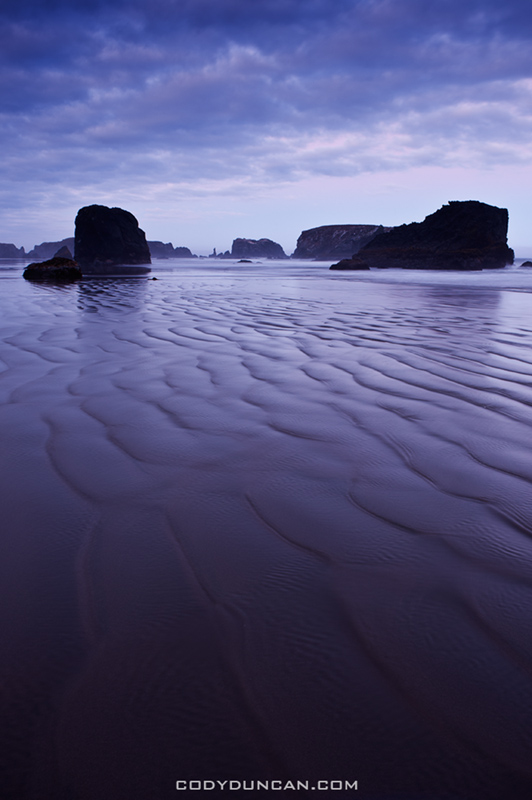 Photo: Bandon Beach, Oregon. August 2011
Photo: Bandon Beach, Oregon. August 2011
With a 13 hour drive back home to California I struggled with the decision to get out of bed in the early morning hours or not. I couldn’t see the sky from my campground, but I went ahead and made the 30 minute drive down the coast to Bandon. I arrived to the sound the fog horn blasting into the morning darkness and the roaring of waves against the coast. On the beach conditions were better than I could have expected. Low tide and a calm wind, perfect for Bandon. As the morning progressed a bit of color arrived before the dawn. I was utterly exhausted by the time I got home late that night, but thankful for it.
 Photo: Bright Angel trail and snow, Grand Canyon. April 2011
Photo: Bright Angel trail and snow, Grand Canyon. April 2011
It had been a last minute decision to head to the Grand Canyon. Arriving in early evening to a foot of fresh snow on the ground and the possibility of the closure of all national parks due to the failure of the govt. to pass a budget I wasn’t really sure it was worth it. Awaking the next day to a snow covered campsite and gray skies, I went out exploring a bit. I hadn’t been to the GC in 10 years and finding my way around snow covered roads took a bit of extra effort. At some point in the morning the storm began to clear and I found my way to the upper section of the Bright Angel trail. I like the contrast of snow and desert in this image, a sight I don’t see too often.
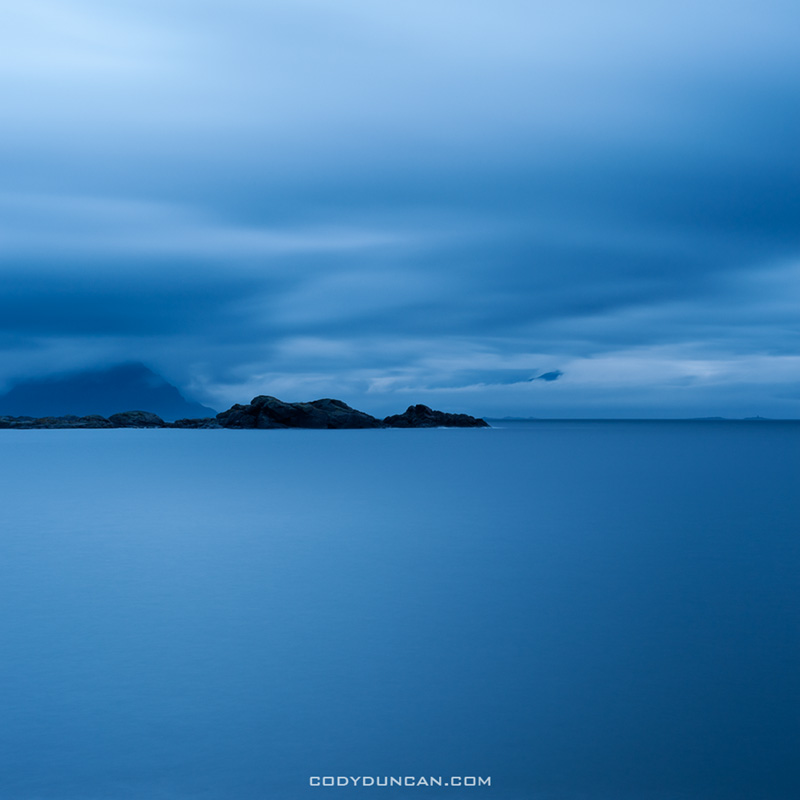 Photo: Dark skies over Vestfjord, Stamsund, Lofoten Islands, Norway. October 2011
Photo: Dark skies over Vestfjord, Stamsund, Lofoten Islands, Norway. October 2011
This is one of my favourite view points while staying in Stamsund. Not because it’s the most spectacular view in the world, but because it’s a place I can return to again and again and always see something new. I can watch the spring sunrise from here. I can see the autumn’s first snow or (as in the next photo) the sky filled with the Northern Lights. The sea can be rough and white capped with mist filling the air or as still as a pond. This view reflects the moods and temperament of the Islands.
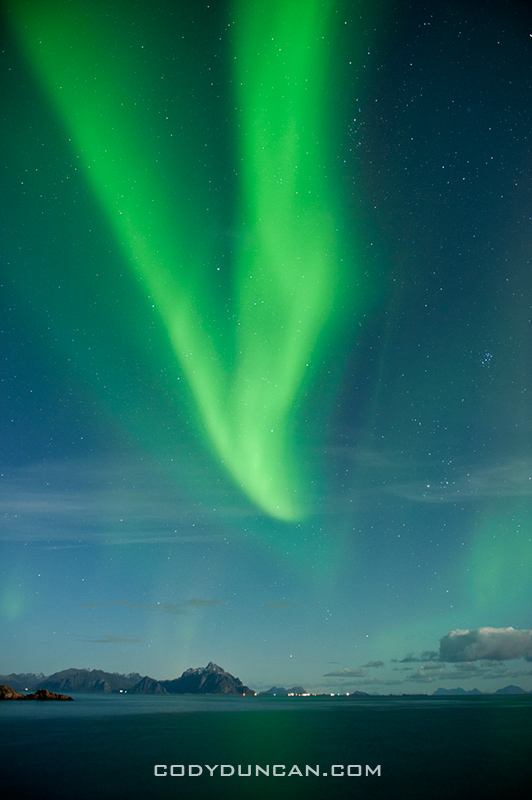 Photo: Northern Lights over Vestfjord, Stamsund, Lofoten Islands, Norway. October 2011
Photo: Northern Lights over Vestfjord, Stamsund, Lofoten Islands, Norway. October 2011
The last night (beginning to see a trend here) of two weeks on the Lofoten Islands. The perfect conspiracy of conditions for the best Northern Lights I’ve ever seen. I wish I had had a wider lens to show more of the sky, as it was completely filled with light, dancing and swaying from second to second.
 Photo: Utakleiv, Lofoten Islands, Norway. October 2011
Photo: Utakleiv, Lofoten Islands, Norway. October 2011
It was another one of my stormy days at Utakleiv. The tied seemed particularly low this day and I wandered out on the slippery rocks towards the edge of the sea. My attention was focused towards my feet as the rain forced me to keep my lens pointing downwards. I came across this scene of one rock burrowed into another. The work of a 100 years of waves.
 Photo: Frankenjura bouldering, Germany. November 2011
Photo: Frankenjura bouldering, Germany. November 2011
Towards the end of November I found myself back among the old familiar rocks of the Frankenjura region. Dark and misty forests, cold temperatures and short days. Not the most ideal climbing conditions, but so it goes. A bit of off-camera flash in the middle of a dyno to the next hold gives a bit of depth to the image.

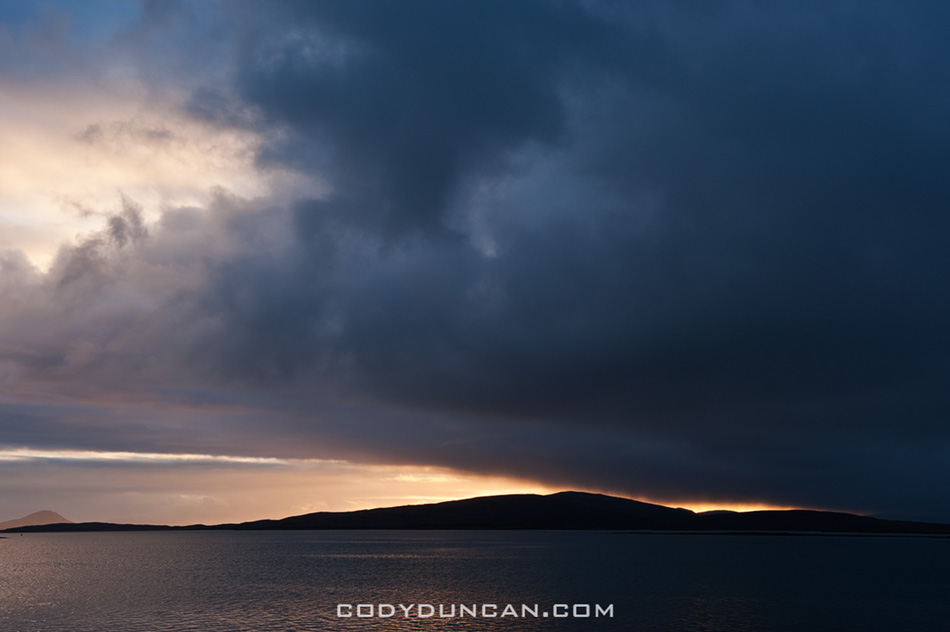
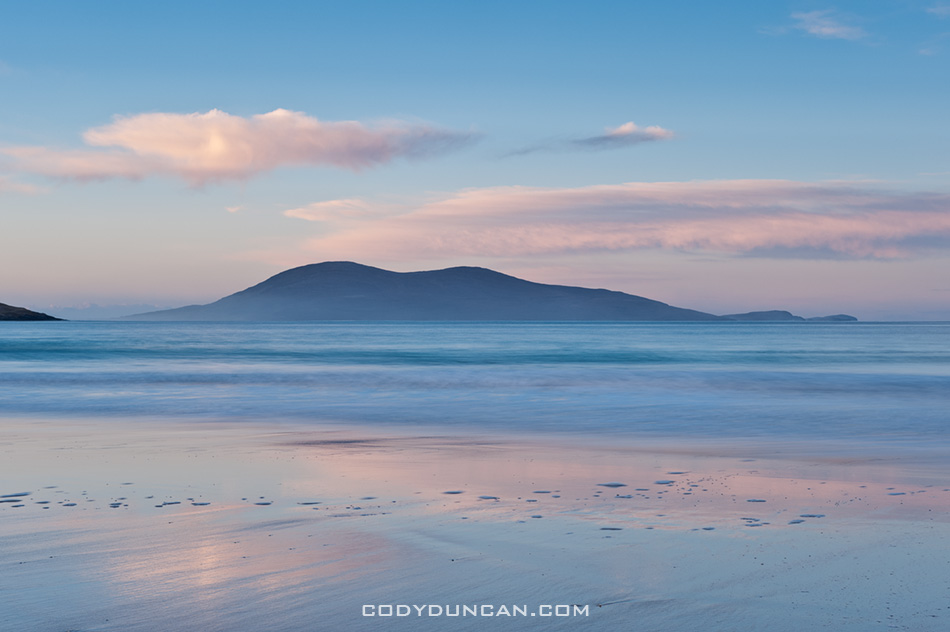


 Photo: Lenticular cloud over Sierra Nevada Mountains. April 2011
Photo: Lenticular cloud over Sierra Nevada Mountains. April 2011 Photo: Clearing winter storm over Black Cuillins, Isle of Skye, Scotland. January 2011
Photo: Clearing winter storm over Black Cuillins, Isle of Skye, Scotland. January 2011 Photo: Callanish standing stones, Isle of Lewis, Scotland. January 2011
Photo: Callanish standing stones, Isle of Lewis, Scotland. January 2011 Photo: Coastal rocks, Butt of Lewis, Isle of Lewis, Scotland. January 2011
Photo: Coastal rocks, Butt of Lewis, Isle of Lewis, Scotland. January 2011 Photo: Bandon Beach, Oregon. August 2011
Photo: Bandon Beach, Oregon. August 2011 Photo: Bright Angel trail and snow, Grand Canyon. April 2011
Photo: Bright Angel trail and snow, Grand Canyon. April 2011 Photo: Dark skies over Vestfjord, Stamsund, Lofoten Islands, Norway. October 2011
Photo: Dark skies over Vestfjord, Stamsund, Lofoten Islands, Norway. October 2011 Photo: Northern Lights over Vestfjord, Stamsund, Lofoten Islands, Norway. October 2011
Photo: Northern Lights over Vestfjord, Stamsund, Lofoten Islands, Norway. October 2011 Photo: Utakleiv, Lofoten Islands, Norway. October 2011
Photo: Utakleiv, Lofoten Islands, Norway. October 2011 Photo: Frankenjura bouldering, Germany. November 2011
Photo: Frankenjura bouldering, Germany. November 2011
